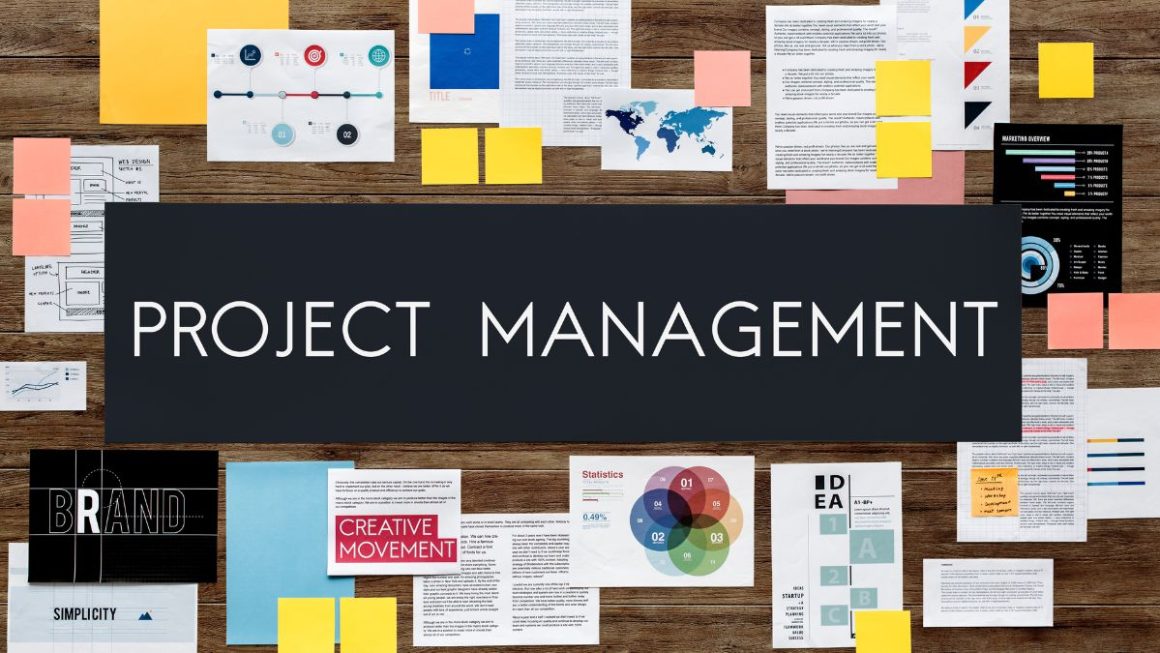Is IT budget management constantly giving you problems because you think it needs to be tighter to keep up with new business needs? If the answer is yes, know that you are in good company, yours is a common problem. In fact, it is a fact that an adequate IT infrastructure allows increasing productivity and supports the business. But when evaluating corporate IT spending, the accounts rarely add up, and often the budget has been “overrun.”
Table of Contents
What is the IT budget spent on?
According to the latest Gartner forecast, global IT spending in 2021 is expected to reach $4.1 trillion, an increase of 8.4% compared to 2020. The analyst predicts that the most significant increase will be registered by devices (+14% for a turnover estimated at 765.8 billion dollars) and enterprise software (+10.8% with 516 $.87 billion). However, the growth of IT services (+9% for an estimated value of 1,112 billion dollars), data centers (+7.7% with 236.8 billion dollars), and communications and services (+4.6%) will also be important with 1,450.4 billion dollars). This depends on the fact that, also by virtue of the organizational changes imposed by the pandemic, companies are trying to provide a more comfortable, innovative, and productive environment for their employees.
However, Gartner highlights that while the focus for CIOs this year will be completing digital business plans that aim to improve, extend and transform the company’s value proposition, efforts for optimization and cost savings will continue. And this is regardless of the expected greater economic certainty compared to 2020. Therefore, reducing expenses at the infrastructure level while increasing efficiency for the benefit of the business is still imperative. But how to best spend the IT budget?
It is important to prioritize
Most IT departments are pressured to reduce IT infrastructure costs to stay within budget. And the Covid-19 pandemic has clearly shown that not investing in the right technologies and tools can be much more expensive than doing so. It is, therefore, necessary to identify where and how to act to obtain the best results. But let’s start with one assumption: there are better solutions than making cost reductions uniformly across the board. IT departments should prioritize IT cost reductions to enable the company’s business goals to progress. And as 2022 has shown, organizations should also be prepared to review their budgets as situations change quickly.
First, save resources.
The first step is defining optimization programs to identify how not to waste resources. Often, major projects are put in place, but more is needed to ensure they run optimally and are as cost-effective as possible. A procedure like a cloud cost optimization is a great example of how companies can save on monthly cloud costs, also considering that according to the recent 2022 State of the Cloud Report, at least 30% of these costs are wasted.
Furthermore, an analysis of the use of the servers and storage owned can help to optimize and improve their use and performance. But it can also increase the reliability level of the IT infrastructure itself. Possible options can then be identified to extend the life of existing assets by deferring the purchase of new machines. Gartner says cost savings of 10% to 20% can be achieved by shifting IT asset management responsibility from individual asset tracking to corporate governance.
The same goes for software licenses: you can save money by consolidating them into a single corporate account instead of having multiple departmental or group licenses. CIOs who standardize and streamline their application portfolio, Gartner believes, can reduce costs by between 15% and 25%.
How to save with on demand
The IT budget must not include fixed expenses but must be linked to real needs. Using resources on demand is a great option to keep expenses under control and contain the IT budget. More generally, outsourcing a series of activities or the possibility of using services provided by outsourcers offers the opportunity to manage costs as operational and, therefore, in a less rigid way than capital expenditures. Thus, focusing on a cloud approach with clear projects means accessing hardware resources that are always available and suitable for satisfying every need. And the service provider generally takes care of updates, security, and management. You only pay for what you use and for the time you use it.
In case you use data or applications that cannot be migrated to the cloud, through IaaS ( Infrastructure as a service ), such as the new HPE GreenLake technology, you can take advantage of the same opportunities offered by the cloud on-premise with clear costs and refer only to the actual use of the resources. According to a Forrester study, leveraging IaaS can reduce your spending by up to 40% by eliminating overprovisioning and technology refresh expenses.
As companies expand their operations, the cost of maintaining a traditional data center increases. This drives some IT departments to move data centers to a switching architecture. Through data center, modernization, and consolidation, cost savings (Gartner says) can range from 10% to 20% of a data center budget.
Also Read : Building a Brand vs. Paid Acquisition: Which Is Best For Your Business?




